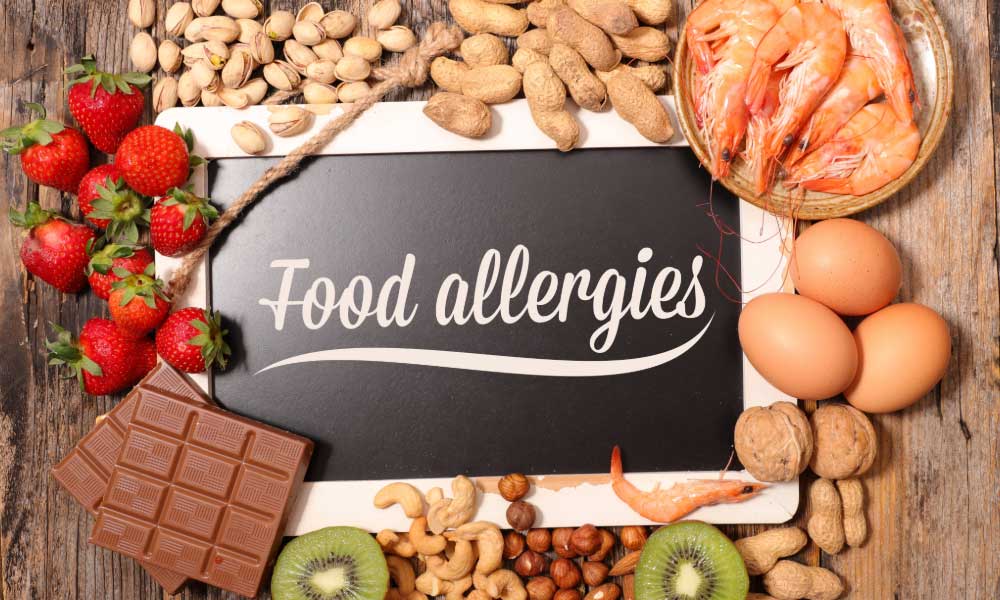
Description & Health Benefits
- Swiss chard is a member of the Amaranthaceae botanical family which also includes amaranth, beets, quinoa, spinach and sugar beets.
- Swiss chard is an excellent source of vitamin A and vitamin K and a good source of vitamin C and magnesium. Swiss chard also contains the antioxidants beta-carotene, lutein, and zeaxanthin.
- Vitamin A plays a significant role in normal formation and maintenance of many organs including the heart, lungs and kidneys. It is also used to support immune function, vision and reproduction.
- Vitamin K assists with blood clotting and bone building.
- Vitamin C, an antioxidant, repairs and maintains bones, teeth and cartilage. It also plays a role in wound healing and aids in the absorption of iron.
- Magnesium contributes to the creation of protein, bone and DNA within the body while also regulating muscle and nerve function along with blood sugar and blood pressure levels.
- The antioxidant beta-carotene converts to vitamin A in the body and may decrease the risk of heart disease and certain types of cancer.
- Antioxidants lutein and zeaxanthin support eye health and may reduce your risk of developing age-related cataracts or macular degeneration.
Purchasing, Selecting, Storing, and Preparing
- Purchase chard in the grocery store or at the farmer’s market. It can be purchased fresh or frozen.
- Select chard with crinkly, crisp leaves. Avoid chard with wilted or yellowish leaves.
- Though all the same varieties, chard can be found in a variety of stem colors including red to pink, yellow, and white. Chard leaves are green, but the colored stem will extend up the entire leaf.
- Store leaves, unwashed, in a plastic bag. Keep in the crisper for up to one week.
- Prepare chard by rinsing well to remove any dirt. Then steam, sauté or boil chard leaves or stems. Chard leaves can also be eaten raw; the smaller the leaves the more tender. Larger leaves will be more fibrous. The stems tend to be tougher than the leaf, so a longer cooking time will be required compared to when just cooking the leaves.
Nutrition Facts
1 cup boiled chard
Calories: 35 | Protein: 3.29 g | Fat: 0.14 g | Carbohydrate: 7.23 g | Fiber: 3.7 g | Calcium: 102 mg | Magnesium: 150 mg | Potassium: 961 mg | Vitamin C: 31.5 mg | Folate: 16 μg | Vitamin A: 10717 IU
1 cup raw chard
Calories: 7 | Protein: .65 g | Fat: 0.07 g | Carbohydrate: 1.35 g | Fiber: 0.6 g | Calcium: 18 mg | Magnesium: 29 mg | Potassium: 136 mg | Vitamin C: 10.8 mg | Folate: 5 μg | Vitamin A: 2202 IU
ndb.nal.usda.gov
Recipes
Request an Appointment
